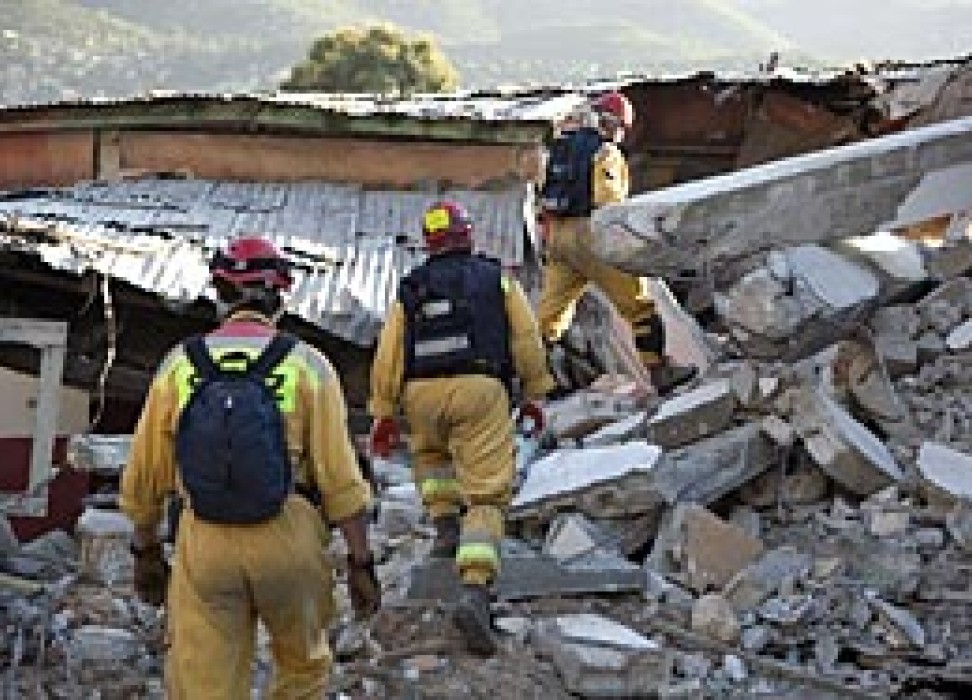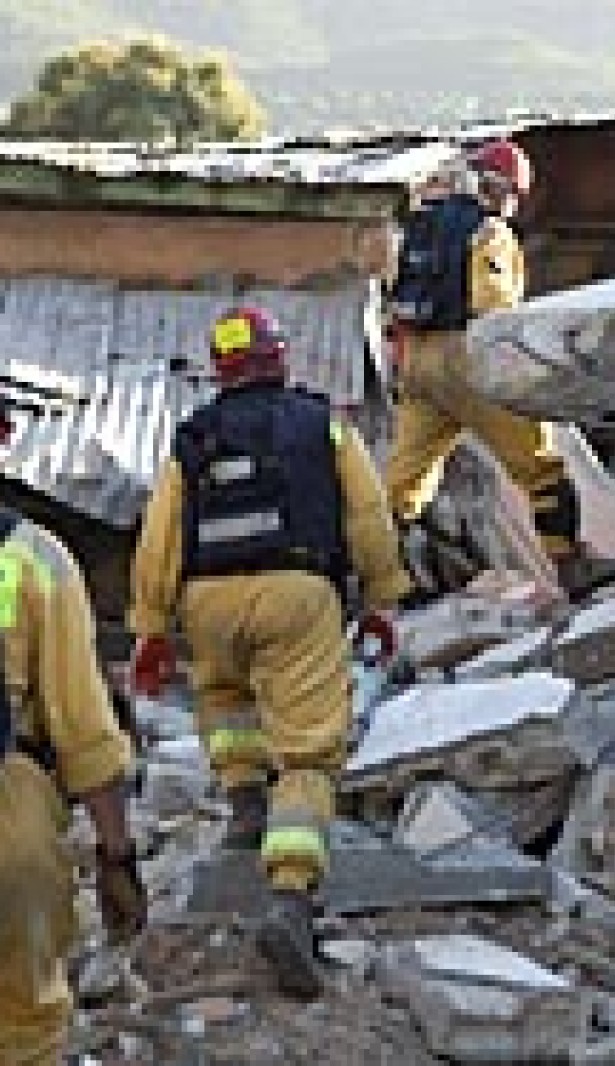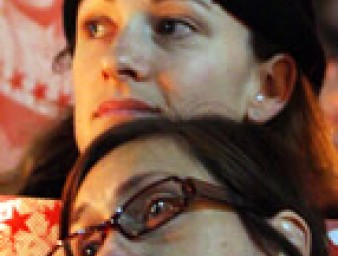Natural disasters: an occasion to redress inequalities
18 November 2011

When the earthquake hit and the ground started shaking, Gertrude – an 83 year old Haitian woman – grabbed the little money she had and rushed out of her house just in time to see it collapse.
Gertrude’s house was small, with only one room. She had lived there all her life. She did not have a bathroom, but used a make-shift latrine and a shower outside, under a tree, which she shared with her neighbours. Since the day of the earthquake - 12 January 2010 - Gertrude has been living in a tent next to the rubble – which remains of her home.
“In the wake of a disaster, vulnerable people - such as informal settlers, the poorest, ethnic minorities and indigenous peoples - do not always benefit from disaster assistance as others do,” says Raquel Rolnik, UN expert on adequate housing.
She notes that the most vulnerable are more likely to live on disaster-prone land; they are also at greater risks of displacement and loss of livelihood in the event of a disaster, and they will recover with more difficulty from the disaster.
For example, when Hurricane Katrina struck New Orleans in 2005, African Americans and poor people bore the brunt of the devastation because, for the most part, they lived in the lower-lying, more flood-prone sections of the city. In addition, large numbers of the metropolitan area’s population – being generally poor – lacked the means to escape the flood.
Recovery efforts can perpetuate, and even reinforce, pre-existing patterns of vulnerability and disadvantage.
In particular, disaster response appears to differ greatly according to whether it addresses the situation of individual, formally registered, property owners or those with other types of tenure arrangements. Most housing reconstruction programmes are based on tenure documentation and legal proof of rights, and exclude the poorest and most vulnerable.
“There are multiple legitimate tenure arrangements besides private ownership,” Rolnik notes. They include public or private rental accommodation, cooperative housing, lease, and occupation or rent of land or property in informal settlements. “Only a minority of victims of natural disasters may in effect have individual, formally registered, ownership rights to their housing or land,” she stresses.
Rolnik is concerned that policy and practice in post-disaster settings are skewed towards individual private ownership.
In her recent report to the General Assembly, she stresses that housing and property restitution must be understood as the restitution of any right to tenure related to housing or land prior to disaster, irrespective of tenure status or whether it is formally registered.
Realizing the right to adequate housing is about “ensuring basic services and infrastructure, upgrading settlements and strengthening communities, as much as it is about building houses not also ensuring basic services and infrastructure, upgrading settlements, strengthening communities, and empowering people to participate in decisions that affect them and challenge them if needed,” she says.
Ultimately, disaster response provides an occasion to redress the inequalities that were made visible by the natural disaster’s impacts or exacerbated it, and to contribute to efforts by progressively realize the right to adequate housing for all.
18 November 2011

VIEW THIS PAGE IN:
